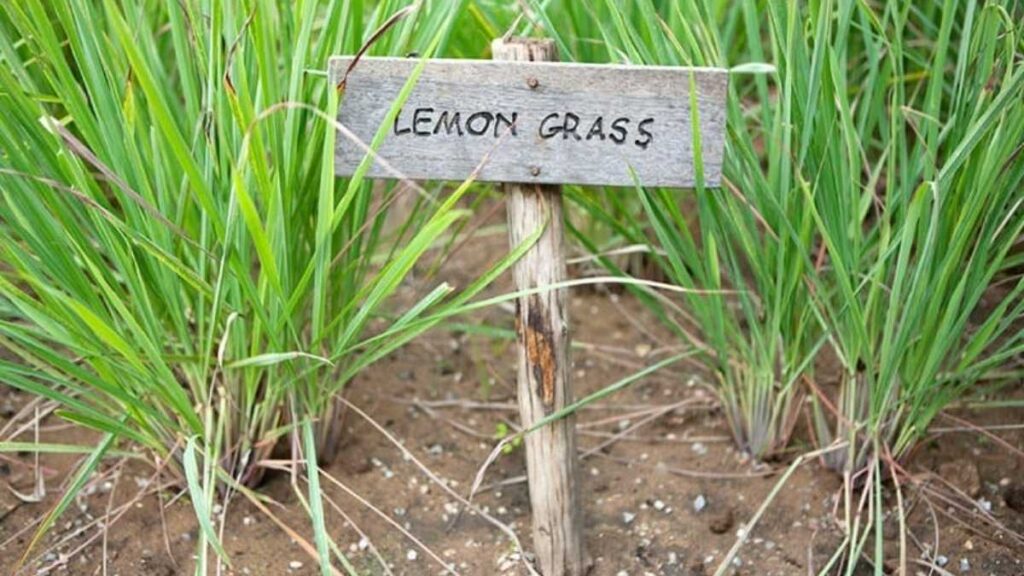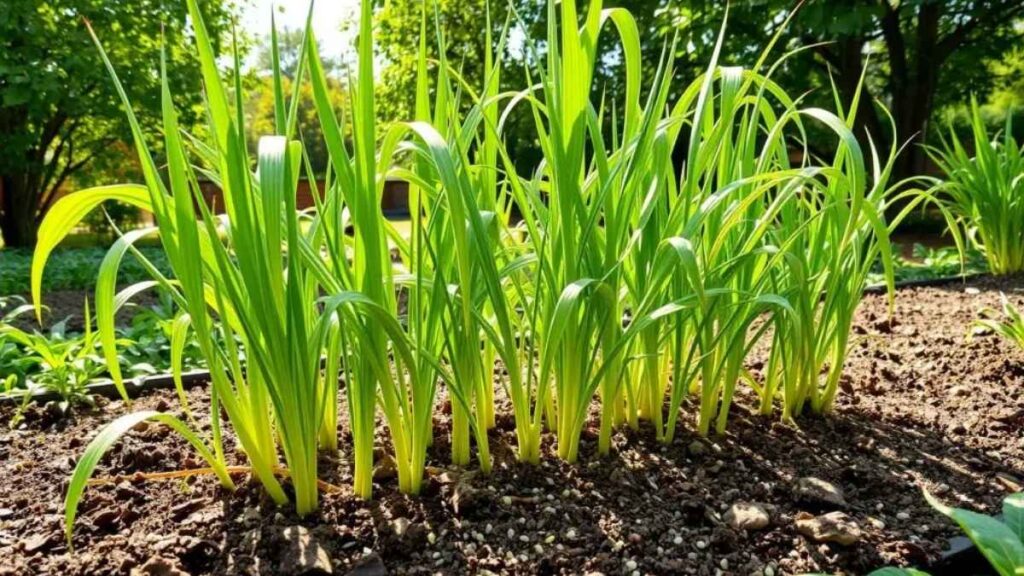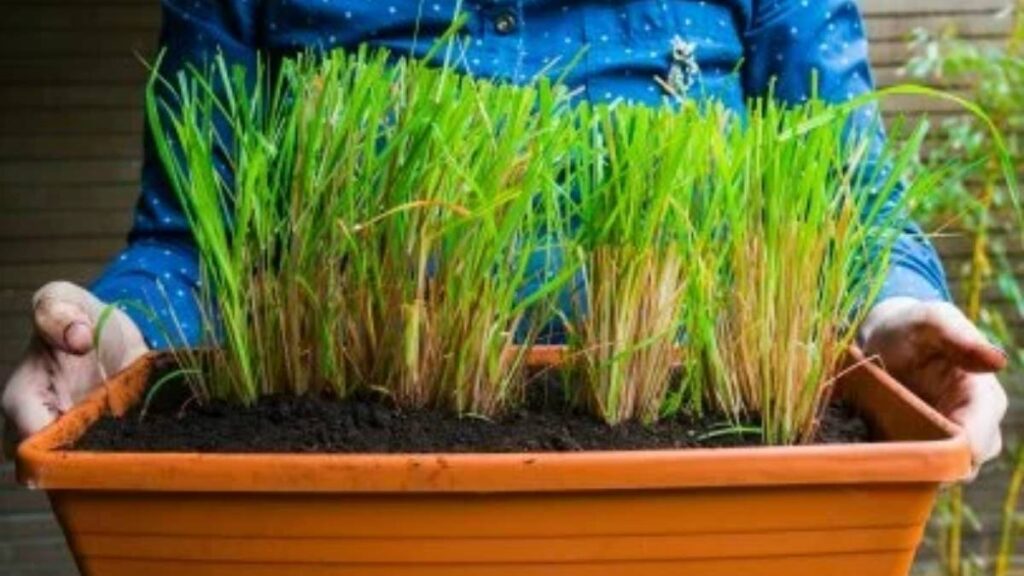Growing lemongrass indoors is much easier than most people think. This aromatic herb not only adds a refreshing lemony scent to your home but also brings a bright, tropical touch to your indoor garden. Whether you love using it in teas, soups, or curries, having a fresh supply at home is both convenient and rewarding. If you want your lemongrass plant to remain healthy, full, and thriving throughout the year, all it needs is the right environment and a little consistent care. Here are simple and practical tips to help you grow lemongrass indoors successfully.
Choosing the Right Starter Lemongrass
The first step in growing lemongrass indoors is getting a good starter plant. You can begin with a small potted plant from a nursery, but many people prefer growing it from store-bought stalks. Choose fresh, firm stalks that still have a bit of the bulbous base intact. If the base looks slightly green and moist, it has the potential to root.

Place the stalks in a glass of water with the root end down. Keep the glass near a sunny window and change the water every few days to prevent bacteria from building up. Within a week or two, you should start seeing thin roots emerging. When the roots reach about an inch long, the stalks are ready to be planted.
Preparing the Ideal Pot and Soil
Lemongrass loves space, so choosing the right container is important. A pot that is at least ten to twelve inches deep works well, giving the roots enough room to spread. Make sure the pot has good drainage because lemongrass dislikes sitting in waterlogged soil.
For the soil, a light and airy potting mix is best. A mix that contains compost or organic matter helps the plant grow stronger and richer in flavor. Lemongrass thrives in slightly moist soil, so having a mix that retains moisture without becoming soggy is ideal.
Finding the Perfect Indoor Spot
Light is one of the most important factors in growing lemongrass indoors. This plant loves full sun, so choose a location that gets at least six hours of bright light daily. A south-facing window is usually the best spot. If you don’t have a bright window, consider using a small grow light to provide extra support.
Remember that lemongrass naturally grows in warm climates. Keep the indoor temperature around it between 20 to 27 degrees Celsius. Avoid placing the plant near cold drafts or directly beside heating vents, as sudden temperature changes can weaken the leaves.
Watering the Right Way

Watering lemongrass correctly makes a big difference in its health. The goal is to keep the soil evenly moist but never soaked. Water the plant when the top layer of soil begins to feel slightly dry. During warmer months, you may need to water more frequently because the plant will drink faster.
Indoor air can become dry, especially in winter, so misting the leaves lightly once or twice a week helps maintain humidity. This keeps the plant looking fresh and prevents the leaf tips from drying out.
Feeding Your Lemongrass for Steady Growth

Because lemongrass grows quickly and continuously produces new stalks, it benefits from regular feeding. Use a balanced liquid fertilizer once every two to three weeks during the growing season. Natural options like diluted compost tea also work well and help keep the plant chemical free.
During colder months, growth slows down, so reduce feeding. Overfertilizing in winter can stress the plant, so let it rest naturally until warmer weather returns.
Pruning and Harvesting the Stalks

Pruning helps your lemongrass stay full and bushy. Remove any yellow or dried leaves whenever you notice them. This encourages new shoots to grow and keeps the plant looking lush.
Harvesting lemongrass is simple. When stalks are about twelve inches tall and thick near the base, they are ready to be used. Gently pull or cut the stalks close to the soil. The more you harvest, the more new shoots will appear, making the plant even fuller over time.
If you only need a little for cooking, you can simply trim the leaves and leave the stalks to continue growing. The leaves work well for teas and infused water.
Managing Common Indoor Problems
Lemongrass is a hardy plant, but it can still face a few issues indoors. One common problem is browning leaf tips. This usually happens because of dry air or inconsistent watering. Increasing humidity and maintaining a steady watering routine usually solves this.
If you notice small insects like spider mites or aphids, rinse the plant gently under water or wipe the leaves with a damp cloth. A mild soap spray can also help if the issue continues. Good air circulation around the plant reduces the chances of pests returning.
Another concern is slow growth. If the plant is not producing new shoots, it may not be receiving enough sunlight. Moving it to a brighter spot or adding a grow light often brings quick improvement.
Repotting for Long-Term Health

Lemongrass grows fast, and its roots expand quickly. If you see roots coming out of the drainage holes or notice the plant becoming crowded, it’s time to repot. Choose a slightly larger container and refresh the soil to give the plant new nutrients.
Repotting once a year keeps the plant healthy and prevents the roots from becoming cramped. This also encourages fresh, strong stalks that are full of flavor.
Enjoying Your Indoor Lemongrass
Once your plant is established, growing lemongrass indoors becomes a stress-free hobby. It adds greenery to your home, releases a pleasant aroma, and provides a constant supply of fresh herbs for your kitchen. Whether you enjoy herbal teas, Asian dishes, or homemade remedies, having lemongrass within reach is always a delight.
Caring for lemongrass indoors doesn’t require much expertise. With good light, steady moisture, and occasional feeding, your plant will thrive through every season. It’s an easy, satisfying way to bring a touch of the tropics into your home and enjoy fresh flavors whenever you need them.



